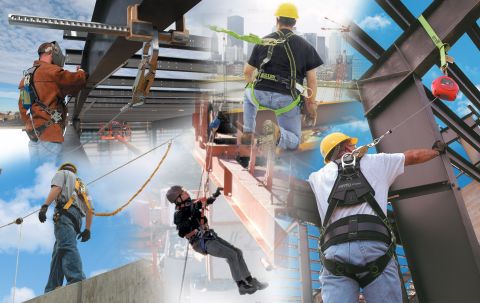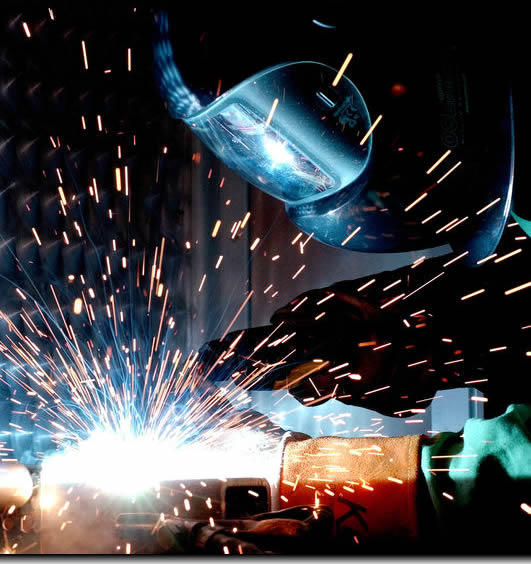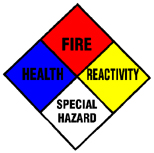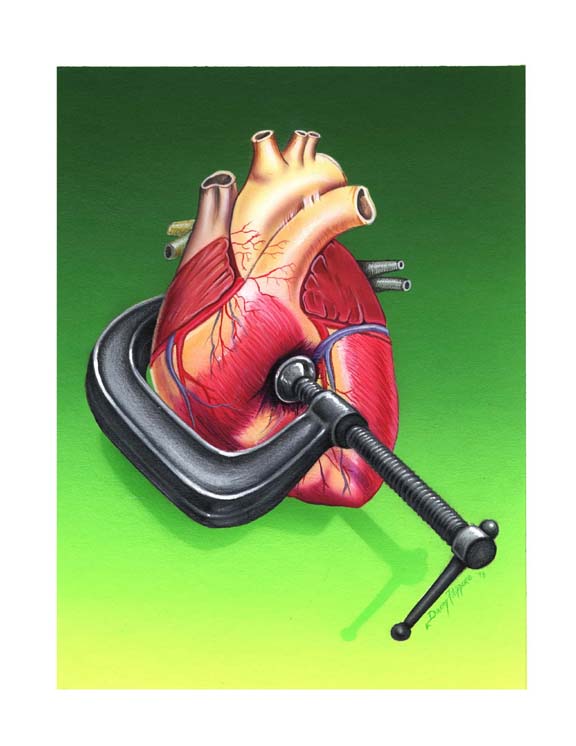 High blood pressure is a major risk factor for heart disease and stroke, both of which are leading causes of death in the US. Nearly one-third of all American adults have high blood pressure and more than half of them don’t have it under control. Many with uncontrolled high blood pressure don’t know they have it. Millions are taking blood pressure medicines, but their blood pressure is still not under control. There are many missed opportunities for people with high blood pressure to gain control. Doctors, nurses and others in health care systems should identify and treat high blood pressure at every visit. Blood pressure control means having a systolic blood pressure less than 140 mmHg and a diastolic blood pressure less than 90 mmHg, among people with high blood pressure.
High blood pressure is a major risk factor for heart disease and stroke, both of which are leading causes of death in the US. Nearly one-third of all American adults have high blood pressure and more than half of them don’t have it under control. Many with uncontrolled high blood pressure don’t know they have it. Millions are taking blood pressure medicines, but their blood pressure is still not under control. There are many missed opportunities for people with high blood pressure to gain control. Doctors, nurses and others in health care systems should identify and treat high blood pressure at every visit. Blood pressure control means having a systolic blood pressure less than 140 mmHg and a diastolic blood pressure less than 90 mmHg, among people with high blood pressure.
Category: Risk Management
Safety Committee Meeting Tips
 Health and Safety Committee meetings should be held regularly on a specific day and time and at least on a quarterly basis (i.e. the first Thursday of each month/quarter at 8:30 A.M.). New committees should consider meeting on a more frequent basis. When a meeting schedule is planned well in advance, the members are then in a better position to arrange for their attendance and prepare for discussion.
Health and Safety Committee meetings should be held regularly on a specific day and time and at least on a quarterly basis (i.e. the first Thursday of each month/quarter at 8:30 A.M.). New committees should consider meeting on a more frequent basis. When a meeting schedule is planned well in advance, the members are then in a better position to arrange for their attendance and prepare for discussion.
A typical Committee meeting should include:
- Review of unfinished items from the previous meeting(s) and/or activities.
- Status reports from any sub-committees.
- Discussion/review of safety inspection reports and the actions taken to correct observed hazards.
- Review of accident/incidents sustained since the previous meeting and a discussion of measures to prevent similar accidents and incidents.
- Review of the status of current action plans or training programs.
- Review of outstanding recommendations developed by outside loss control consultants and/or Department of Commerce health and safety compliance inspectors.
- Discussion about activities related to future action plans and/or training programs.
- Discussion about special activities such as health fairs.
- Discussion about new business, future agenda items, projects and meeting dates.
Famous Tobacco Victims – Desi Arnaz
 Actor Desi Arnaz died of lung cancer on Dec. 2, 1986 at age 69. He was a star of the I Love Lucy TV series with wife Lucille Ball — both were smokers.I Love Lucy was sponsored by Philip Morris, with their cigarette products appearing both in the show and in commercials during the show’s time slot.
Actor Desi Arnaz died of lung cancer on Dec. 2, 1986 at age 69. He was a star of the I Love Lucy TV series with wife Lucille Ball — both were smokers.I Love Lucy was sponsored by Philip Morris, with their cigarette products appearing both in the show and in commercials during the show’s time slot.
via Famous Tobacco Victims | CigaretteZoom.com – Zoom on cigarettes.
Why is Fall Protection Important?
Avoid Dangerous Scaffold Accidents
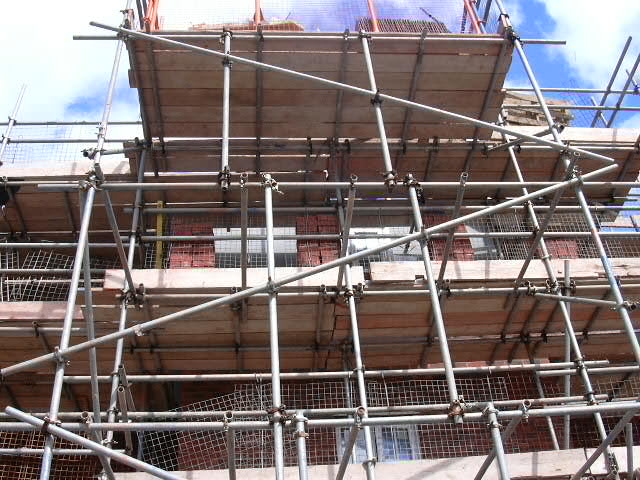 The National Institute for Occupational Safety and Health (NIOSH) reports that falls are a leading cause of traumatic death on the job. Many of these incidents involve scaffolding. Scaffolds are working platforms suspended by ropes, or other means, from an overhead structure. Falls frequently occur as the result of:
The National Institute for Occupational Safety and Health (NIOSH) reports that falls are a leading cause of traumatic death on the job. Many of these incidents involve scaffolding. Scaffolds are working platforms suspended by ropes, or other means, from an overhead structure. Falls frequently occur as the result of:
* Improper installation or operation of scaffold equipment.
* Defective scaffold equipment.
* Insufficient worker safety training.
* Failure to provide or use personal fall protection equipment.
via High Risk: Despite Regulations, Scaffold Accidents Continue | Safety.com.
The 10 Objectives of a Safety Committee
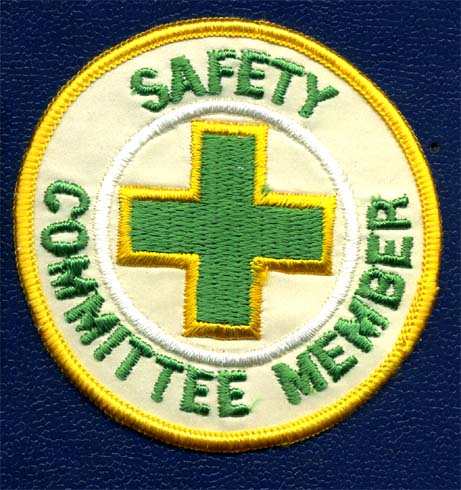 In order to accomplish these objectives, the successful Health and Safety Committee should:
In order to accomplish these objectives, the successful Health and Safety Committee should:
- Develop a written mission statement and charter.
- Clearly define the duties and responsibilities of officers and general members.
- Identify and prioritize goals and establish action plans to achieve each goal.
- Include representation from different levels and areas of the organization.
- Meet at least quarterly/monthly.
- Record and disseminate minutes of each meeting, documenting attendance, problems and issues and corrective action proposed and actions taken to address each issue.
- Make attendance mandatory with the penalty of removal for repeated absences.
- Develop methods to increase and maintain safety awareness.
- Organize special sub-committees to address specific issues and projects.
- Communicate the purpose, activities and accomplishments of the committee to all employees.
Ergonomic Guidelines for Manual Material Handling
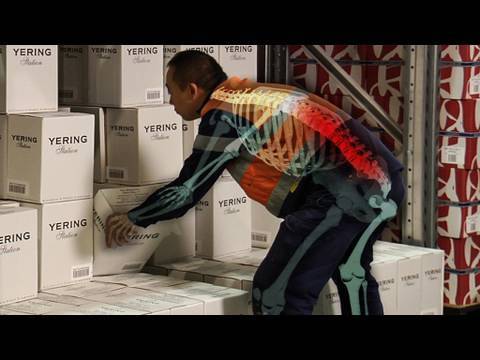 Manual material handling (MMH) work contributes to a large percentage of the over half a million cases of musculoskeletal disorders reported annually in the United States. Musculoskeletal disorders often involve strains and sprains to the lower back, shoulders, and upper limbs. They can result in protracted pain, disability, medical treatment, and financial stress for those afflicted with them, and employers often find themselves paying the bill, either directly or through workers’ compensation insurance, at the same time they must cope with the loss of the full capacity of their workers.
Manual material handling (MMH) work contributes to a large percentage of the over half a million cases of musculoskeletal disorders reported annually in the United States. Musculoskeletal disorders often involve strains and sprains to the lower back, shoulders, and upper limbs. They can result in protracted pain, disability, medical treatment, and financial stress for those afflicted with them, and employers often find themselves paying the bill, either directly or through workers’ compensation insurance, at the same time they must cope with the loss of the full capacity of their workers.
via CDC – NIOSH Publications and Products – Ergonomic Guidelines for Manual Material Handling (2007-131).
The 7 Reasons For A Safety Committee
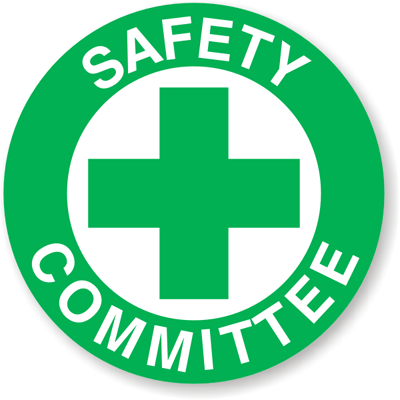 Health and Safety Committees should be established for the following purposes:
Health and Safety Committees should be established for the following purposes:
- To increase and maintain the interest of employees in health and safety issues.
- To convince managers, supervisors and employees through awareness and training activities that they are primarily responsible for the prevention of workplace accidents.
- To help make health and safety activities an integral part of the organizations operating procedures, culture and programs.
- To provide an opportunity for the free discussion of health and safety problems and possible solutions.
- To inform and educate employees and supervisors about health and safety issues, new standards, research findings, etc.
- To help reduce the risk of workplace injuries and illnesses.
- To help insure compliance with federal and state health and safety standards.
Welding – Hot Work
Working with ignition sources near flammable materials is referred to as “hot work.” Welding and cutting are examples of hot work. Fires are often the result of the “quick five minute” job in areas not intended for welding or cutting. Getting a hot work permit before performing hot work is just one of steps involved in a hot work management program that helps to reduce the risk of starting a fire by welding or cutting in areas where there are flammable or combustible materials.
Hazard Communication Required
In order to ensure chemical safety in the workplace, information about the identities and hazards of the chemicals must be available and understandable to workers. OSHA’s Hazard Communication Standard (HCS) requires the development and dissemination of such information:
- Chemical manufacturers and importers are required to evaluate the hazards of the chemicals they produce or import, and prepare labels and safety data sheets to convey the hazard information to their downstream customers;
- All employers with hazardous chemicals in their workplaces must have labels and safety data sheets for their exposed workers, and train them to handle the chemicals appropriately.
via Hazard Communication.

